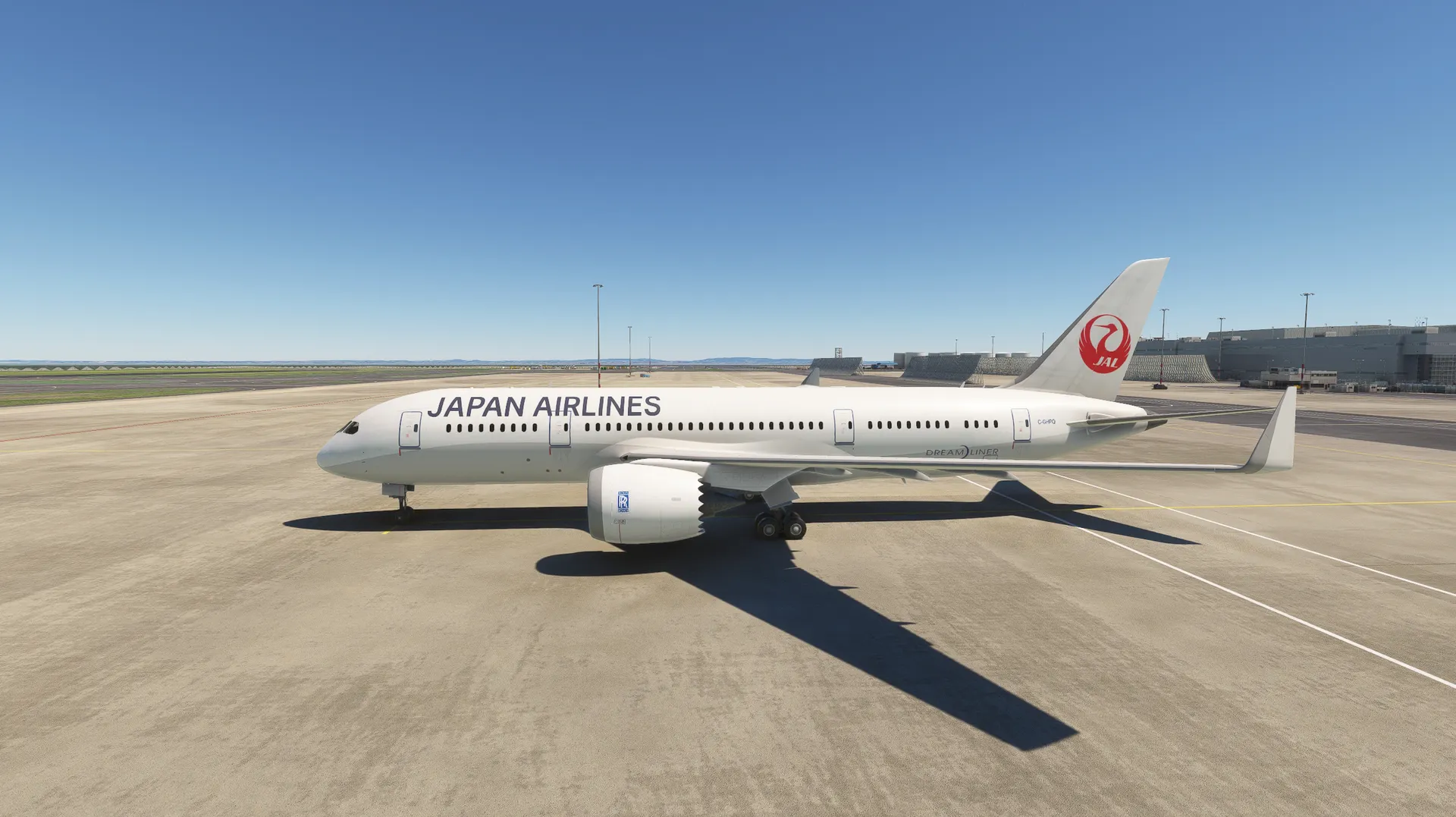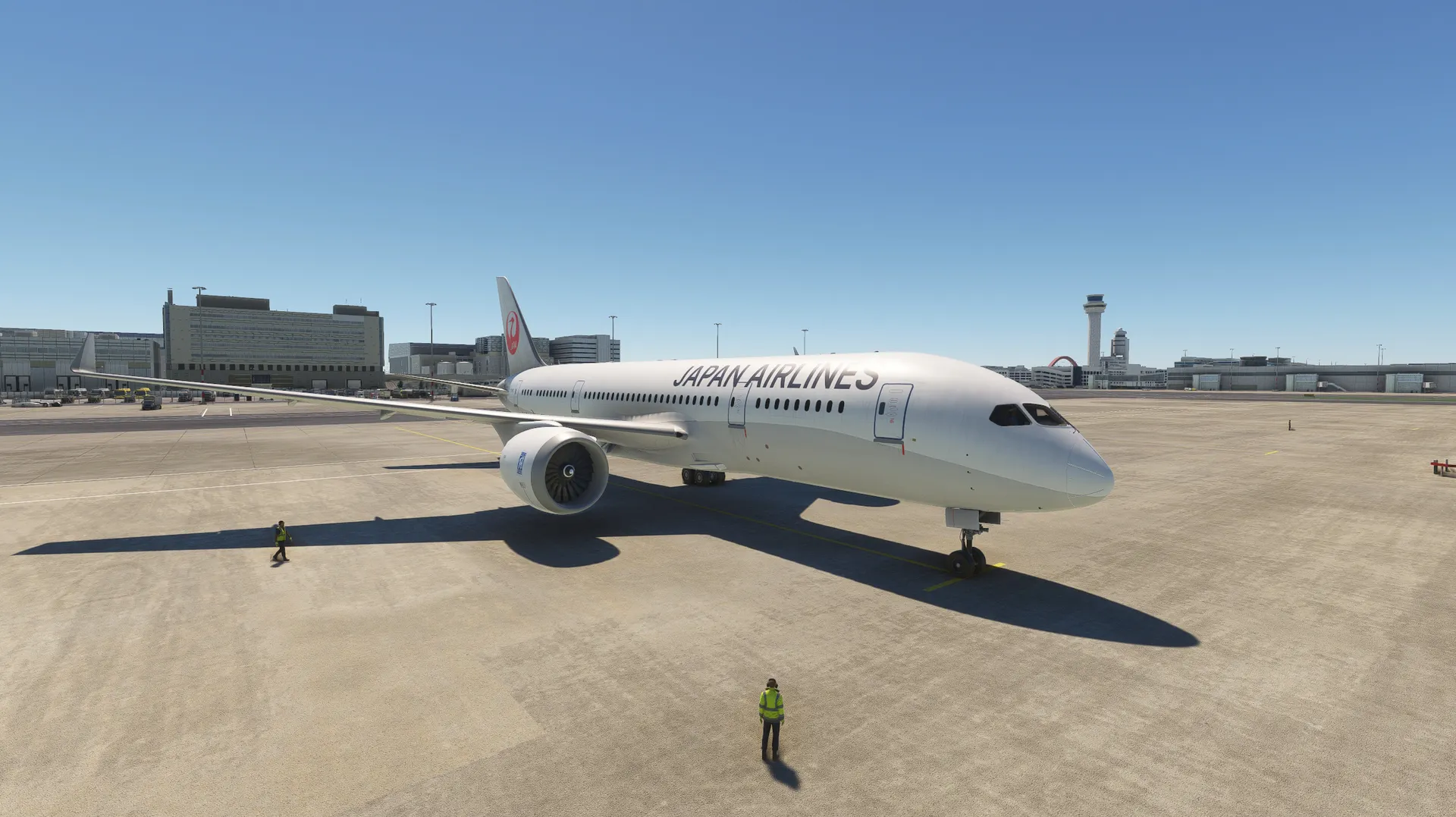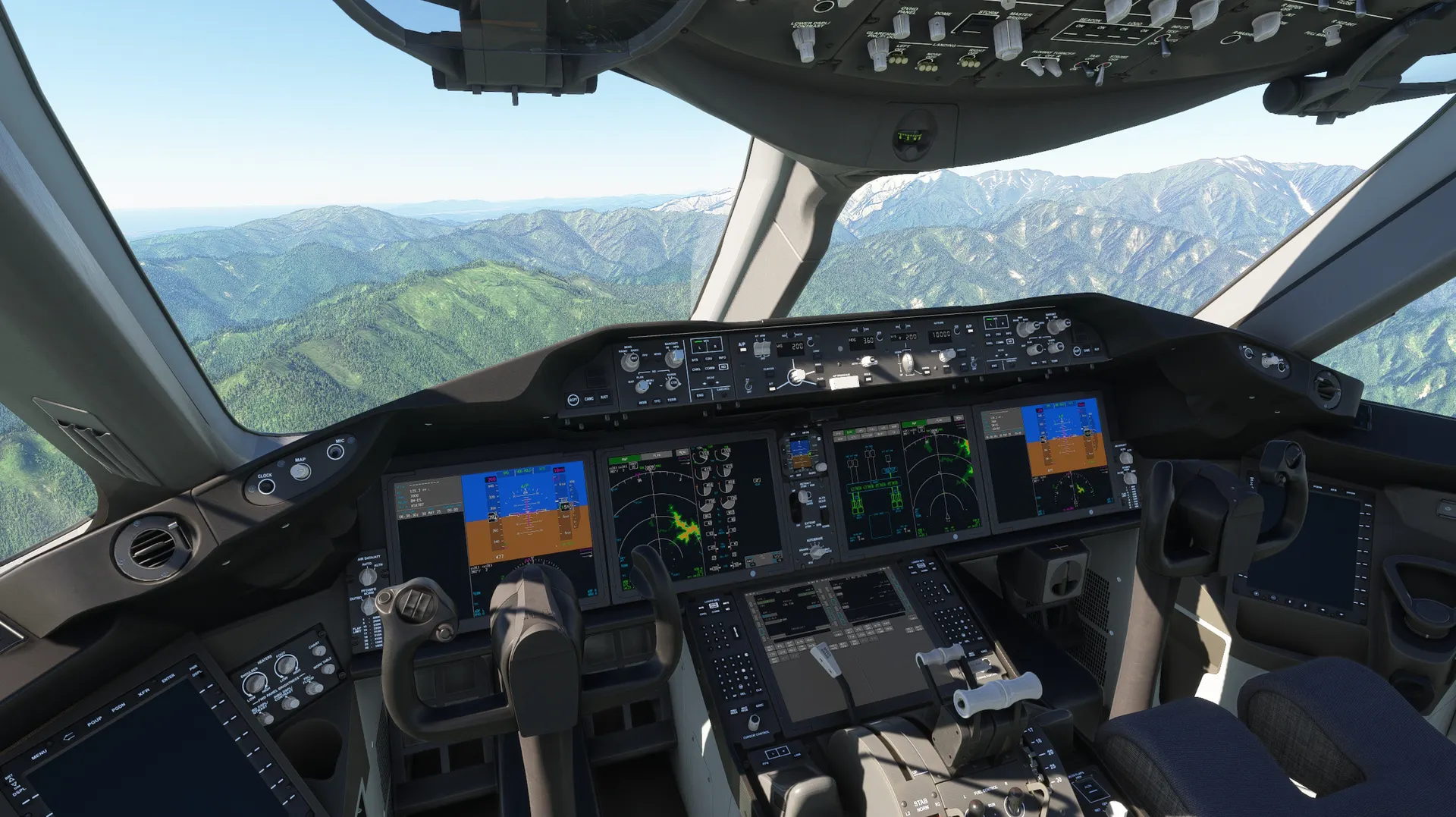- USD 9.99
- -10%
- USD 9.99
- USD 8.99
- Sale Ends: January 7 2026 6:00 PM +00:00
- View more offers at FS Addon Compare
- Added: July 21, 2025
- Updated: December 26, 2025
Boeing 787-3 Professional - Highly Detailed Model for Microsoft Flight Simulator
Experience the pinnacle of flight simulation with the Boeing 787-3 Professional, an ultra-realistic add-on for Microsoft Flight Simulator. This meticulously crafted model delivers unparalleled accuracy and immersion, perfect for aviation enthusiasts and virtual pilots.
Key Features: Fully animated aircraft - Every moving part, from flight controls to cockpit switches, has been precisely modeled and animated.
Highly detailed exterior & interior - Authentic textures, materials, and geometry down to the smallest components.
Optimized performance - Smooth operation in all flight conditions, including multiplayer sessions.
4K-8K PBR textures - Photorealistic materials with accurate reflections, wear, and weathering effects.
About the Boeing 787-3 The Boeing 787-3 is the short-to-medium-range variant of Boeing's revolutionary Dreamliner family, optimized for high-density regional routes. Designed primarily for the Japanese domestic market, the 787-3 combines the Dreamliner's advanced technology with a more compact airframe, making it ideal for busy, short-haul operations.
Powered by Rolls-Royce Trent 1000 or General Electric GEnx engines, the 787-3 delivers 20% better fuel efficiency compared to similar-sized aircraft, along with significantly reduced noise levels—perfect for frequent takeoffs and landings.
Featuring a lightweight composite airframe, the 787-3 excels in efficiency and performance on regional routes, offering airlines superior economics and passengers a more comfortable flying experience. Its advanced Fly-by-Wire system, modern avionics, and innovative cabin design ensure smooth operations, even on high-frequency schedules.
Designed for discerning simmers, the Boeing 787-3 Professional brings this unique Dreamliner variant to life with unprecedented realism and attention to detail, ensuring an immersive and authentic flight experience every time.
REQUIREMENTS
Microsoft Flight Simulator
Video Memory: 16 GB Graphics: NVIDIA GTX 1070 or AMD Radeon RX 590 Memory: 16 GB Disc space: 1 GB Recommended anti-aliasing: DLAA





